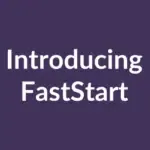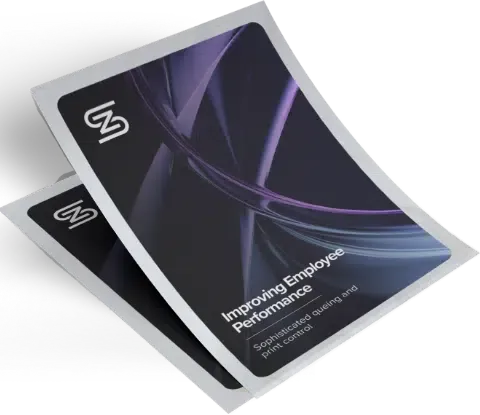We support factories that manufacture for all types of customers – from well known brands that you have seen on TV driving serious volume to aggregation brands like Printify and Gooten through to Etsy and Amazon stores. It provides some interesting perspective on where unit growth is coming from.
The last couple years has seen the print-on-demand (POD) side hustle heavily promoted on the socials. The opportunity is enticing: create your own (stunning) designs, link up with an online platform, and let the sales roll in. The model promises a”‘painless” gateway to the entrepreneurial world without the hassle of traditional business challenges like inventory and upfront costs. But the kicker is that while the barrier to entry is low, making your mark is not so easy.
The POD landscape is incredibly crowded. It’s like shouting in a busy marketplace where everyone is selling similar products. You hear lots of success stories, but for every tale of success, there are a thousand brands that barely made a ripple. The reality is that standing out requires more than just a catchy design or a trendy product. A purely product led strategy rarely works. Winning demands a strategy, a unique voice, and an understanding of your audience with a communication strategy that stands out.
Market saturation means that differentiation is key. However, achieving this is no small feat. With everyone having access to similar tools and platforms, carving out a unique niche is tough. The sheer intensity of competition means that achieving success in POD isn’t just about what you’re selling, but how you sell it, and how you distinguish your brand from the sea of others.
For example, an often promoted “hack” is the Canva → Amazon → Printify combination. The setup is easy: just create a few images using one of Canva’s free templates, create an Amazon store and upload your designs to the Amazon marketplace as a t-shirt or notepad template and hook it up to Printify to automate order fulfillment – then watch the cash roll in, right? Wrong. Sure, you’re up and running in minutes but as any entrepreneur will tell you: if it’s truly that easy, then everyone will do it. And now all of a sudden you’re in a hugely contested market without an independent voice or unique selling proposition.
Marketing plays a pivotal role in the success of a POD business. The “build it and they will come” philosophy will not work in a digital marketplace crowded with options. Effective marketing – whether it’s through social media, content creation, or paid ads – is crucial in driving visibility and attracting customers to your store. Focus, time (potentially significant) and searing cut through with your message will add the cut through component.
Beyond that, POD, while removing the burden of inventory, introduces its own set of issues. Quality control, fulfillment reliability, and customer service become variables that are partly out of your hands but can significantly impact your brand’s reputation. Navigating these challenges requires diligence, research, sound processes and, sometimes, learning from trial and error.
Entering the POD world with a clear-eyed understanding of these challenges is essential. While the potential for success and growth is real, it comes with the caveat that the journey is often more complex and demanding than it might initially appear.




